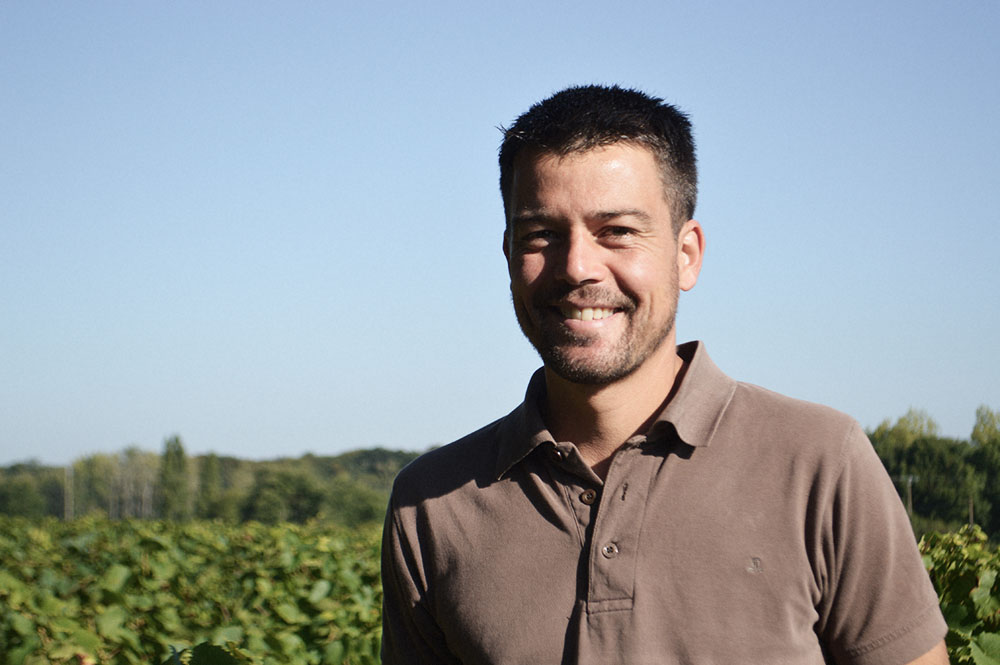“Muscadet loves the ocean,” quipped François Robin, a representative of the Fédération des Vins de Nantes, as we stood together on the beach at La Bernerie-en-Retz, overlooking the Atlantic Ocean. As we were being buffeted by the cold saline-scented winds amid a light drizzle, my usual love for the ocean faded quickly.
Still, there is no question that Muscadet and the ocean are a perfect pairing. A prominent feature on any seafood restaurant’s wine list, these zesty and refreshing wines have always been ideal with steamed or raw clams, oysters on the half shelf or just about any other creature from the sea.
The category has just got better with the introduction of the Muscadet crus: wines that convey more complexity and even a touch of Burgundian sensibility. Though the crus differ from one another, they are thrilling and completely different from “classic Muscadet” — a term that growers are adopting to describe traditionally-framed wines to emphasize the difference between the two styles. They have more depth, weight and minerality. They are more substantial yet maintain balance and an enlivening freshness.
Consumers need not worry that the clean and cutting style of Muscadet they know and love will disappear. When the cru system is fully in place, cru wines will represent only about 10 percent of Muscadet’s acreage and about two percent of its production, according to Pierre-Jean Sauvion, President of Communication for Inter-Loire. Furthermore, talks I have had with producers and prices I have seen so far lead me to conclude that premium consumers will pay over and above classic or traditional Muscadet will still put the wines from the crus in the “exceptional value” category.


